How to personalize your haunt messaging during the pandemic
Continuing with our HAuNT Connect series, the Road to Reopening for Halloween, this article focuses on personalizing your messaging to guests in preparation of opening your haunt this season. This discussion is divided into three sections—recommendations about messaging for guests before your haunt opens, while guests are on premises, and after it closes.
Contributors to this article:
Liz Irving, Senior Vice President of Marketing at Clarion Events
Brad Jashinsky, Director of Marketing and Sales at John’s Incredible Pizza Company
Phil Raybourn, Creative Principal at Raybourn Creative
Key Takeaways:
- Include safety in your messaging but focus on fun.
- Be aware of the rules and regulations in your area.
- Talk to this year’s haunt demographic.
- Be nimble and dynamic in response to feedback.
- Have a protocol for crisis management.
- Consider requiring advance, online purchase of tickets.
- Add value and raise your ticket prices.
- Introduce your safety messaging at the right time in the right places.
- Encourage guests to share their experiences on social media.
- Have staff visibly cleaning your haunt.
- Have a protocol for screening staff and responding if someone has symptoms.
- Let your guests know they’ll be scared safely.
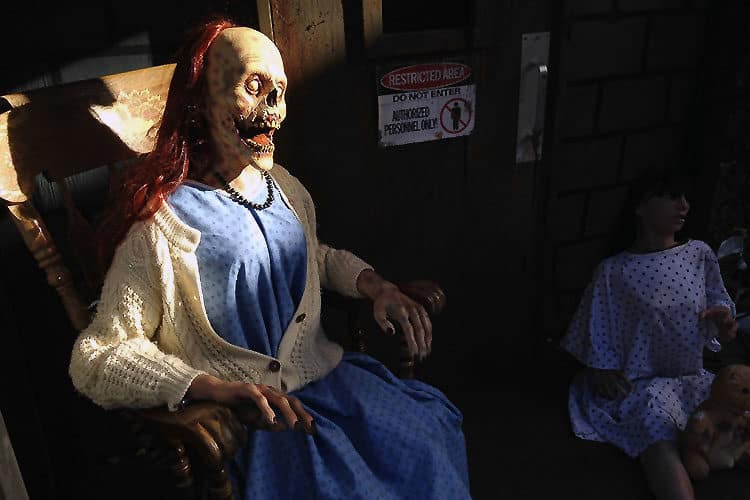
Before Your Haunt Opens…
Include Safety in Your Messaging, but Focus on Fun
For haunted attractions this season, the focus is on balancing safety and fun, and that needs to be reflected in your marketing. You need to ensure that COVID-19 messaging doesn’t overshadow what your event is about.
When COVID became the big story in the US in March of this year, the messaging on many websites was so focused on the pandemic that the nature of the organization or attraction was often obscured. Now that everyone has implemented similar safety standards—masks, spatial distancing, hand sanitizer—the focus should be on the event itself. We need to inform guests about what we’re doing in response to COVID-19, but we should always lead with the fun of the experience. Some attractions are integrating their characters into the safety messaging as a way to interweave the theme of the attraction with safety protocols. We need to have that safety information easily accessible to guests and the press, but we need to get back to why people are coming to a haunt—which is to have a great experience, be scared, and have fun.
Also, people these days are thinking more about where they’re spending their time and their money, so messaging should emphasize why they should choose to visit your haunt or attraction. Talk about what you’re doing that’s new and different—and, at the same time, talk about how you’re reestablishing a sense of normalcy. The more you feature your actors and your team in your messaging, the more guests can get involved in the story even before they arrive at your haunt.
Be Aware of the Rules and Regulations in Your Area
It’s important to stay up to date and informed on government regulations in your area and to communicate with regulatory agencies about what you’re doing in your haunt. There are many good tips and tools you can pull from government and other websites. It’s necessary to let your guests know that you’re in compliance with what CDC and state and local authorities recommend or require. We can talk up our event, but if people don’t feel it’s safe, they won’t show up.
You need to make sure you’re aligned with the recommendations and restrictions of local, state, and federal governments, because these organizations are powerful and could shut down your haunt. If you’re not working with these entities and aligned with their guidelines, your haunt won’t remain open for very long. Include in your messaging to customers that you’re in compliance with the CDC and other guidelines. This can really help if guests are upset about your mask mandate—you simply cite the CDC guidelines on masks, and that’s it. Make sure you’ve prepared your staff, as well, on how to address guests who resist wearing masks.
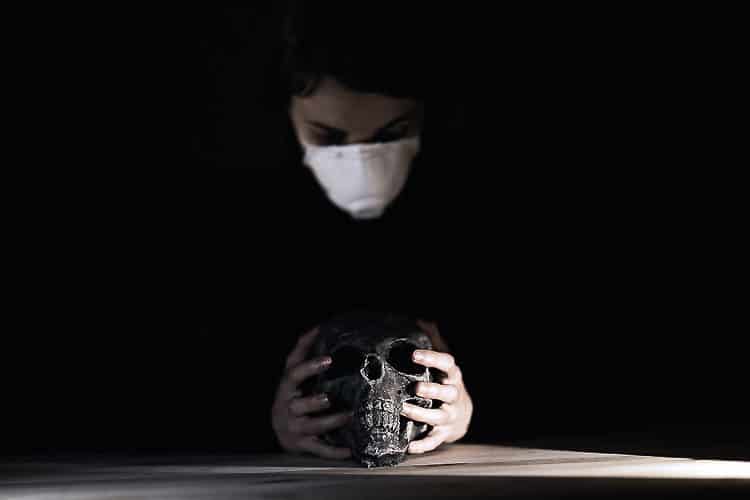
Talk to This Year’s Haunt Demographic—Which Will Likely Be Different than in Years Past
For many people these days, it’s a big step to leave their house and feel comfortable. In many areas right now (mid-August 2020), people are reluctant to go into public places, and many are still reluctant to walk out of their front door. We must be honest with ourselves this year about who’s likely to visit our haunt, and this is probably a different demographic than in years past. We need to have this demographic in mind when we create our marketing. These are people who are comfortable leaving their homes and attending public events. We don’t want to focus on the folks we’re unlikely to convince to even leave their house.
Remember to always stay close to your customers—your guests—and make sure you’re on the forefront of customer insight. Focus on understanding their concerns and also their desires and expectations. Your haunt has a loyal fan base that’s eager to attend your event this year, so listen to what they want and ensure that they’ll feel comfortable and safe. Ask questions, and don’t be afraid to hear the answers and act on them.
Be Nimble and Dynamic in Response to Feedback
Each night your haunt is open, you’ll learn what’s working and what’s not, so plan to be nimble and dynamic in this ever-evolving pandemic environment. Before you open, have a family-and-friends preview night, get honest feedback about the whole haunt experience but especially the safety requirements, and, most importantly, be ready to implement changes based on this feedback.
Being nimble and dynamic also applies to being responsive to changing recommendations, restrictions, and mandates. Stay on top of federal, state, and local guidelines as you go forward.
Have a Protocol for Crisis Management
When you send out information regarding health and safety, track who that goes to. Track what you say, who you say it to, and when you say it, just in case you need to review that for any reason in the future. Also, designate a point person if there’s a crisis and work up a protocol of what they’ll say to customers, media, and authorities. Be sure this person is thoughtful about what they say and how they say it. Your response to customers’ concerns should be part of your health-and-safety plan. It’s impossible to be overprepared for these things.
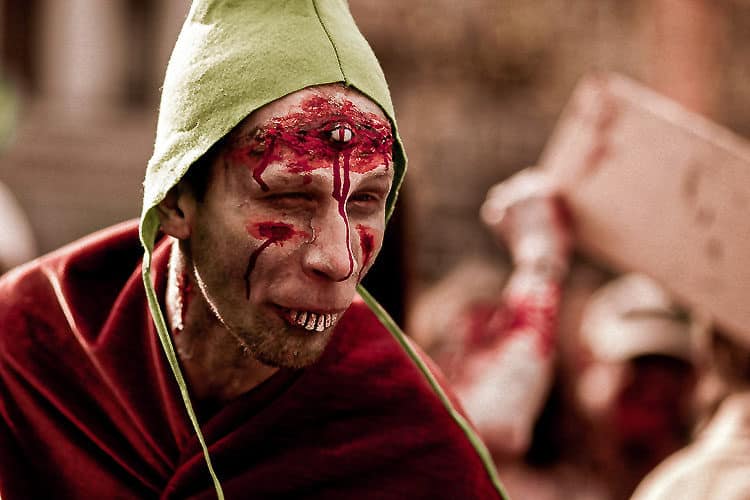
Should Pre-purchasing of Tickets Be Required?
Requiring guests to purchase tickets in advance online has many benefits, but it may not be realistic or even a good idea at some haunts. There are guests who don’t have a credit card or debit card, and there are others who just prefer to pay cash, especially if you’re a neighborhood or small haunt that doesn’t have a high ticket price. Unless you know that your customers prefer timed ticketing, and you’re able to schedule timed reservations, allowing cash payments at the door is probably a good idea. For a small, seasonal event, timed ticketing is difficult to get right, both on the capacity side and the guest side. However, you still could have some sort of timed entry. For example, you might tell guests you’ll only be selling 30 tickets every 30 minutes. How many tickets you sell per amount of time is something you can figure out based on how long it takes the average person to go through your haunt.
Add Value and Raise Your Ticket Prices This Year
Many haunts may need to raise ticket prices this year, because they’ll most likely have additional staff and additional costs. If you have reduced capacity this year and higher costs to make your haunt safe, you may have to raise ticket prices a little to make your business model work. Look at how much discounting you’re offering and where, and figure out how to scale that down first. All of us are offering a different experience this year—greater safety means more value, if we want to look at it that way—so most guests will find it reasonable if you have a slight increase in your ticket price. However, be cautious about how you do it, because you want your guests to keep coming back. If you have a reservation system, and you’re not getting the ticket sales you’d hoped during the first weekend, you can always implement discounts throughout your run. It’s not a good strategy to raise ticket prices after you’ve already marketed lower ones.
Value can be accomplished through discounting and bundling, but your event itself can add value. For example, if you decide to raise your ticket prices, do something to add to your haunt’s storyline. Figure out how you can change the story of your haunt, so people sense greater value. This doesn’t need to be something totally new and different, just an expansion of what you’re offering so it’s not the same experience as the previous year.
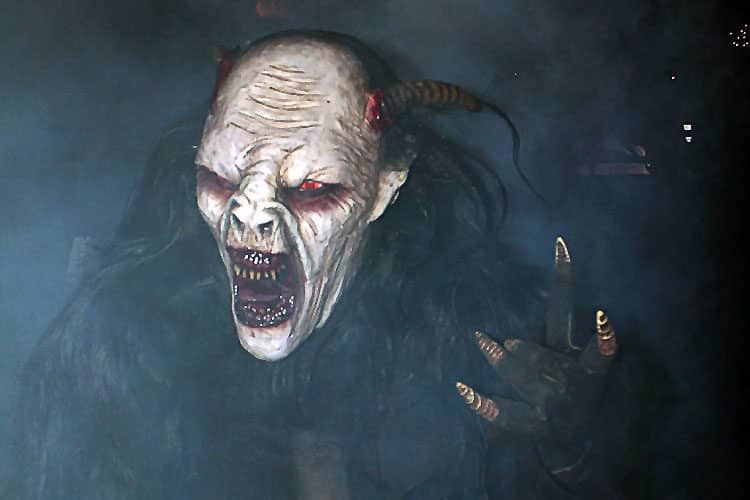
During Your Haunt’s Run…
Introduce Your Safety Messaging at the Right Time in the Right Places
Signage is key to making safety rules visible, clear, and concise, so every guest can understand them. Compliance and safety begin with your team and staff, especially those with visibility in the haunt. Create a safety plan and explain to everyone on your team how it will work. Share common questions that guests may ask, the answers to them, and walk your team through those scenarios.
From the time a guest shows up in the city where your event is held through the end of the show and until they arrive home, there are a series of touch points. Our goal is to make sure the customer’s journey is safe all the way through. Make your safety rules clear, and make sure those steps, those expectations, are clearly defined and understood by your guests.
Not every guest is going to be pleasant, so have staff available to deal with unhappy or confrontational guests. Have a protocol in place if a situation begins to escalate. The foundation for keeping people safe and as happy as possible is making sure your staff understand the guidelines and follow them. With seasonal staffing, this becomes even more important, because often you don’t have much training time.
If a guest purchases their ticket online—which is rapidly becoming the norm—this is the time to introduce your safety guidelines. Make your rules and expectations part of the purchasing process, not as emails sent later. Itemize each thing the guest must do—wear a mask at all times, keep six feet from people not in their party, etc. This is also the time to let your customers know that actors will be staying six feet away from guests. If you have your own parking lot, you can hand out a flyer with this same information as a reminder. It’s necessary to reinforce these procedures throughout the guest’s entire experience of your attraction—on your website, when purchasing tickets, when arriving at the parking lot, and throughout the location.
Once the guest is on site and before they start your experience is the time to kind of knock them over the head with your procedures using signage, so they’re clear about the rules, agree to them, and can then start having fun and getting scared.
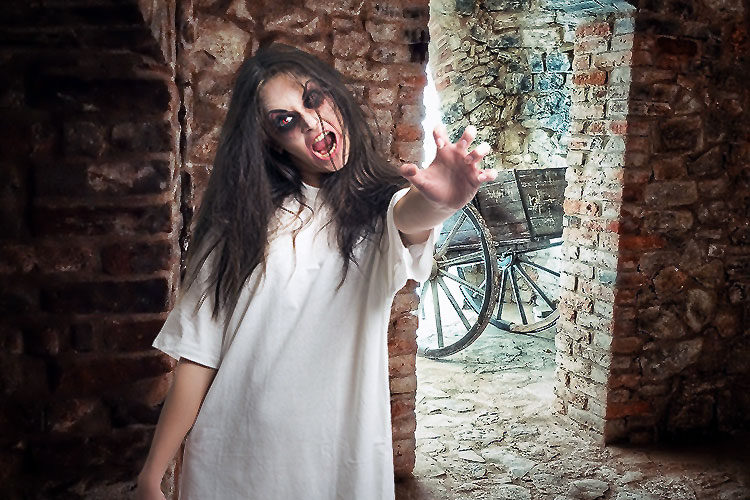
Encourage Guests to Share Their Experiences on Social Media
This year, hardship has put even more focus on encouraging people to share. At the same time, there appears to be a hesitancy for people to share what they’re doing—or not doing—on social media. People are more careful about posting their social activities on Facebook, Instagram, TikTok, and Snapchat. However, this year, more than ever, you need to encourage your guests to share their experience at your haunt. You might consider having a contest or some type of photo op to encourage sharing. There’s also the option of allowing guests to film in your haunt, but this often causes a distraction for other guests. However, if your guests go through one group at a time, there may be no problem with them filming.
Another strategy is to work with local social-media influencers and your local media by inviting them to the pre-opening of your run. During this time, they can film your haunt without impacting the guest experience at all, and your haunt’s brand is kept alive on social and news media. This has been done at big events like Knott’s Scary Farm and other attractions and, it works well. You could also film your haunt live and post it on social media to help folks understand what to expect when they show up. Recruit your advocates and fans to help tell your story.
Have Staff Visibly Cleaning Your Haunt
There are safety protocols we all need to follow that are vitally important, but, in addition, we need to have visible cleaning going on in guest areas, even if it isn’t absolutely necessary from a practical perspective. Having everyone wear masks makes folks feel safe, but seeing staff continuously cleaning certain areas is also reassuring. So, it’s about keeping people safe and also making a point of demonstrating safety. Having your staff sanitizing where guests can see them reinforces your safety message. Think about this as you’re developing your staff needs.

Have a Protocol for Screening Staff and Responding if Someone Has Symptoms
It’s always a good idea to do a health and safety check of each member of your staff before they start their shift. Do this outdoors, before they enter any buildings, if possible. Make sure no one has a temperature, and have each staff person fill out a checklist of the symptoms identified by the CDC. If there’s concern about anybody, insist they take a sick day—or, if they call in and say they have symptoms, tell them to stay home. It’s necessary to be strict until we have some kind of quick, affordable, on-site testing. We want to err on the side of caution, within reason.
As you design your haunt this year, think about how to keep your staff separated as much as possible, so if someone becomes ill, it doesn’t lead to an outbreak. You can have your staff meetings using Zoom or have people meet in smaller groups outdoors. Of course, as we’re hearing everywhere, don’t have a large group of staff in the same place at the same time for any length of time, especially indoors.
If someone on your staff has symptoms of COVID-19, it’s not necessary to shut down your haunt unless they test positive. However, if that person has been in contact with other people, you need to let those people know.
Of course, the worst-case scenario is having one of your employees test positive for coronavirus. If someone on your staff does get infected, make sure you know which authorities or agencies to contact, and have a backup team. Some haunts have created an A team and a B team to be able to replace any or all staff so they can continue to operate safely. Again, build a good relationship with the relevant authorities long before you open, so you have contacts that will help you manage any problems.
Haunts Are All About Getting Scared Safely
Guests come to haunts because they know they’ll get scared in a safe environment. We want to show our guests we’re keeping them safe and keeping things clean, and we can make this process part of the theater of the haunt. We can think of our cleaning routine like an intermission act in a play, where a guy comes out on stage and sweeps. You could have characters in your haunt do the cleaning, and this gives your guests a sense of security. If you do it in a way that’s unique to your haunt, it could even become a cool trademark.
Summary
Seasonal attractions always have to be nimble, because their operating season is so short. This year, we need to be prepared for anything and everything. In the last few months, we’ve all been constantly surprised by everything that’s been thrown at us, and, as we head into Fall, there will likely continue to be shifting regulations and guidelines and changes in consumer sentiment. Having honest, candid conversations with your staff, your guests, your die-hard fans, and the media is critical. Being open and honest with government officials is the best way to have a successful and safe haunt. Make sure you’re not missing anything, ensure your guests’ safety, and emphasize the scares and the fun.
About the Contributors:

Liz Irving is the Senior Vice President of Marketing at Clarion Events and is part of the HAuNTcon team.

Brad Jashinsky has been in the entertainment and attractions industry for over 10 years, primarily on the marketing side. He’s worked at Knott’s Scary Farm at Knott’s Berry Farm and at Six Flags Currently, he’s the Director of Marketing and Sales at John’s Incredible Pizza Company, which has 14 locations across California, Nevada, and Oregon.

Phil Raybourn is a Principal Creative at Raybourn Creative. He formerly worked with the Busch Gardens theme parks and was the Creative Producer at Howl-O-Scream for many years. He’s now a freelance story consultant.